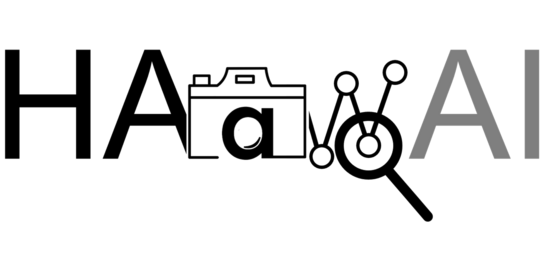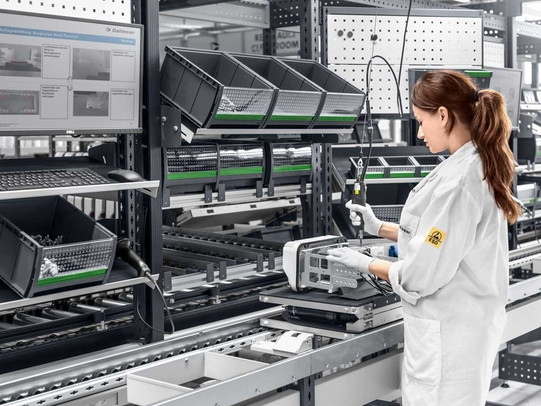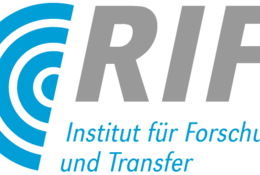
Problem
The increasing globalization of markets and growing competition force manufacturing companies to use their resources as efficiently as possible. Despite the increasing trend towards automation, a large part of the activities in production and logistics are still carried out by employees. Due to the high wage level in Germany, manual activities are a significant cost driver. At the same time, the need for ergonomic design of manual work processes is increasing due to demographic change and a greater health awareness among the population.
The planning manual work processes requires high level of expertise and experience and is time-consuming. This represents a significant hurdle for companies. To provide appropriate analyzes for identifying optimization potentials, new methods need to be developed. The goal is to simplify and accelerate the process of analysis.

Objective
The research project “HAawAI” aims to enable manufacturing companies to analyze workstations and process steps in a user-friendly, time-efficient, and ergonomic manner for the first time. A (semi) automated analysis of process executions using the process language Human Work Design (MTM-HWD) is targeted. This not only simplifies the analysis, but also enables companies with little previous experience in ergonomics and time studies to efficiently optimize their production through appropriate analysis, without requiring extensive training initiatives.
The desired end state involves the capture of motion data using motion capturing systems and the ensuing analyzation using machine learning (ML) methods, as well as other techniques. As a final output, an analysis taking into account the conformity with the rules of the process building block system is given. An interactive user interface provides additional feedback to the decision-making process, which further increases the quality of the results.
Approach
The research project is designed for a duration of 24 months and is performed by the RIF e.V. and MTM ASSOCIATION e.V. The following basic approaches are considered:
- Motion capturing is suitable to describe movements at industrial assembly workstations with sufficient accuracy and reproducibility.
- Skeleton models are suitable as an abstract representation of motion data for training ML models.
- A combined approach of ML models and explicit method knowledge can be used to create rule-compliant analyzes.
The project is divided into five consecutive work packages with changing technical leadership. Initially, the focus is on analyzing the information requirements for the rule-compliant generation of MTM-HWD analyzes and the conception of decision models. After the identification of suitable, representative processes, there will be a phase of data acquisition and training of the ML models. The individual components of the application will be developed and integrated into an overall architecture. Finally, practical use cases with application partners will be used to demonstrate proof of concept for the developed solution.
Research, Development and Application Partners
Funding Reference
The research project "HAawAI" is funded by the Federal Ministry for Economic Affairs and Climate Action (BMWK) under the funding code 22813 N of the Industrial Collective Research (IGF), based on a decision of the German Bundestag.


![[Translate to English:] [Translate to English:]](/storages/zentraler_bilderpool/_processed_/2/6/csm_Altes_Maschinenbau-Gebaeude_3a1a87015a.jpg)
